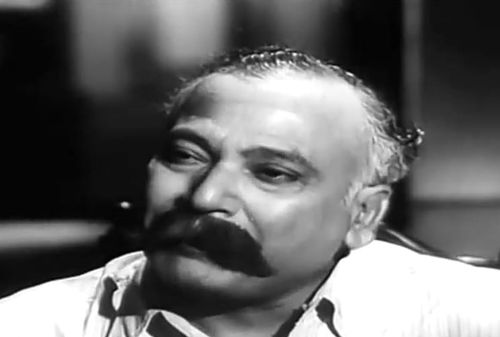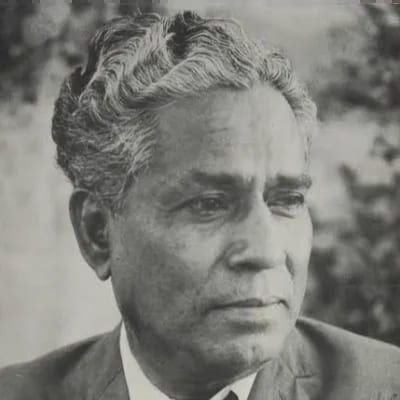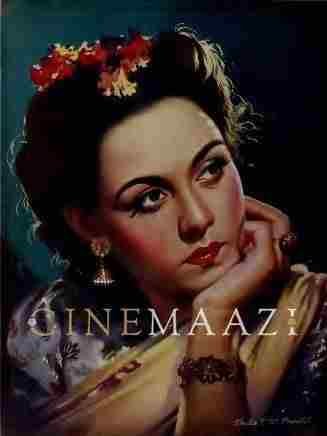This section is for paid subscribers only. Our subscription is only $3700/- for one full year.
You get unlimited access to all paid section and features on the website with this subscription.
Subscribe to read full article
This section is for paid subscribers only. Our subscription is only $37/- for one full year.
You get unlimited access to all paid section and features on the website with this subscription.
Not ready for a full subscription?
You can access this article for $2, and have it saved to your account for one year.
- Release Date1979
- FormatColour
- LanguageTamil
- Run Time138 min
- Length3935.88 meters
- Censor RatingA
- Censor Certificate Number3642
- Certificate Date12/04/1979
Shanmugamani, a primary school teacher, arrives in a village to take up a new assignment and promptly falls in love with Jothi, the daughter of the temple musician. The village elder, an archetypal feudal bully, has his eyes on her. His factotum, Amavasai, is also keen on marrying Jothi. The village elder frames the teacher on a murder charge and gets Jothi married to Amavasai, with the idea of setting her up as his own mistress. When the elder approaches Jothi one night, she inveigles him and knifes him. The teacher and Amavasai appear on the scene at the same moment. Amavasai gets rid of the body by flinging it into the festival bonfire which is ceremonially lit by the son of the elder. Amavasai releases Jothi from the marriage and unites her with the teacher. All of them leave the village in search of a new life.
The film is typical of Bharathiraaja's work. Set in an authentic rural locale, it tries to capture the flavour of life in a Tamil village. Like in his other films, the story in this film also revolves around a newcomer to a village, the impact of his arrival, love at first sight, the villain desiring the heroine, and the final denouement with a village ritual in the background.
This film was shot in lush outdoor locales; the use of actual village houses lent credibility to events in the film. Some of the minor characters, like the woman who comes to the village as a social worker, stand out in their true to life portrayal. However, there is an incongruous group dance by women clad in white gowns; the children in the film were precocious and often behaved like adults. The conflicts in a rural society were hardly touched upon and particularly caste as a significant factor in village life, did not figure in the film. The police do not show up after the rape and murder and the story moves forward on coincidences; the ultimate one being when the teacher and Amavasai appear simultaneously on the scene of the elder's murder. Amavasai's sudden metamorphosis into a "character" is a well-worn Tamil filmic cliche pressed into service for winding up a story.
[from the book The Eye of the Serpent by S. Theodore Baskaran]
Cast
Crew
-
BannerManoj Creations
-
Director
-
Music Director
-
Story Writer
-
Screenplay
-
Cinematography
-
Editing










.jpg)




